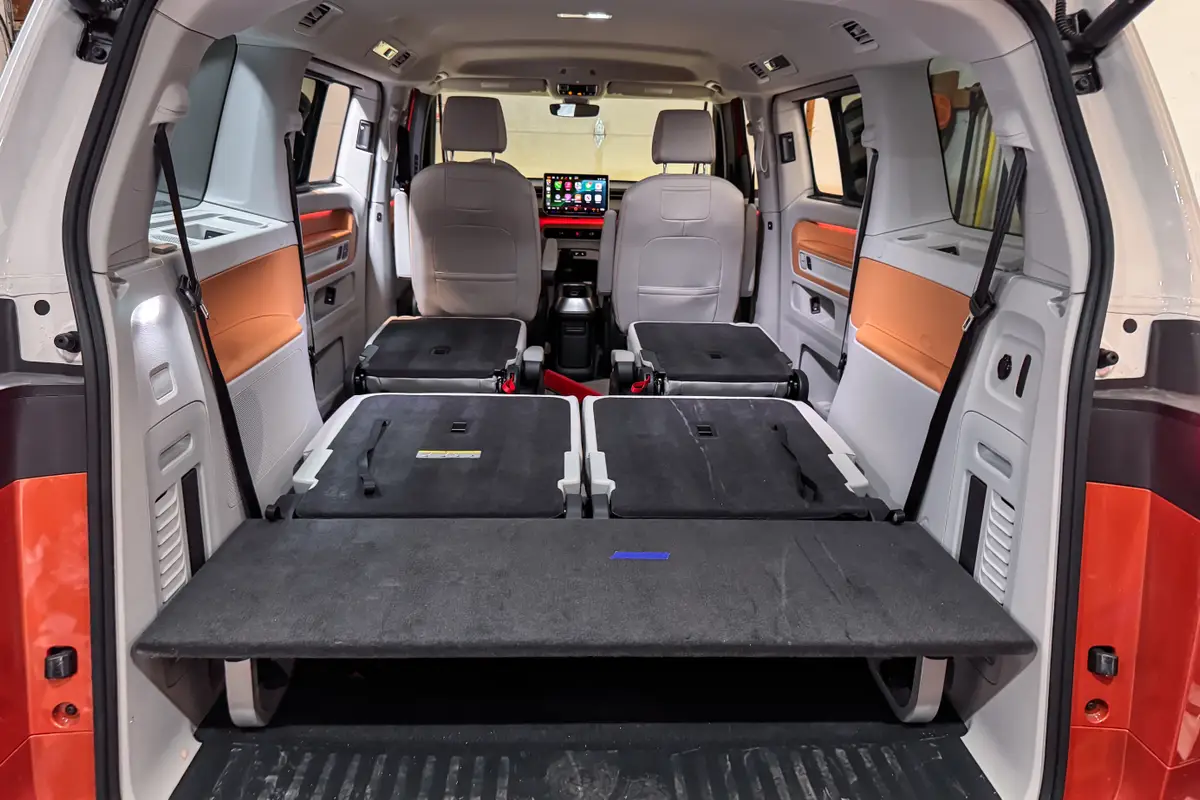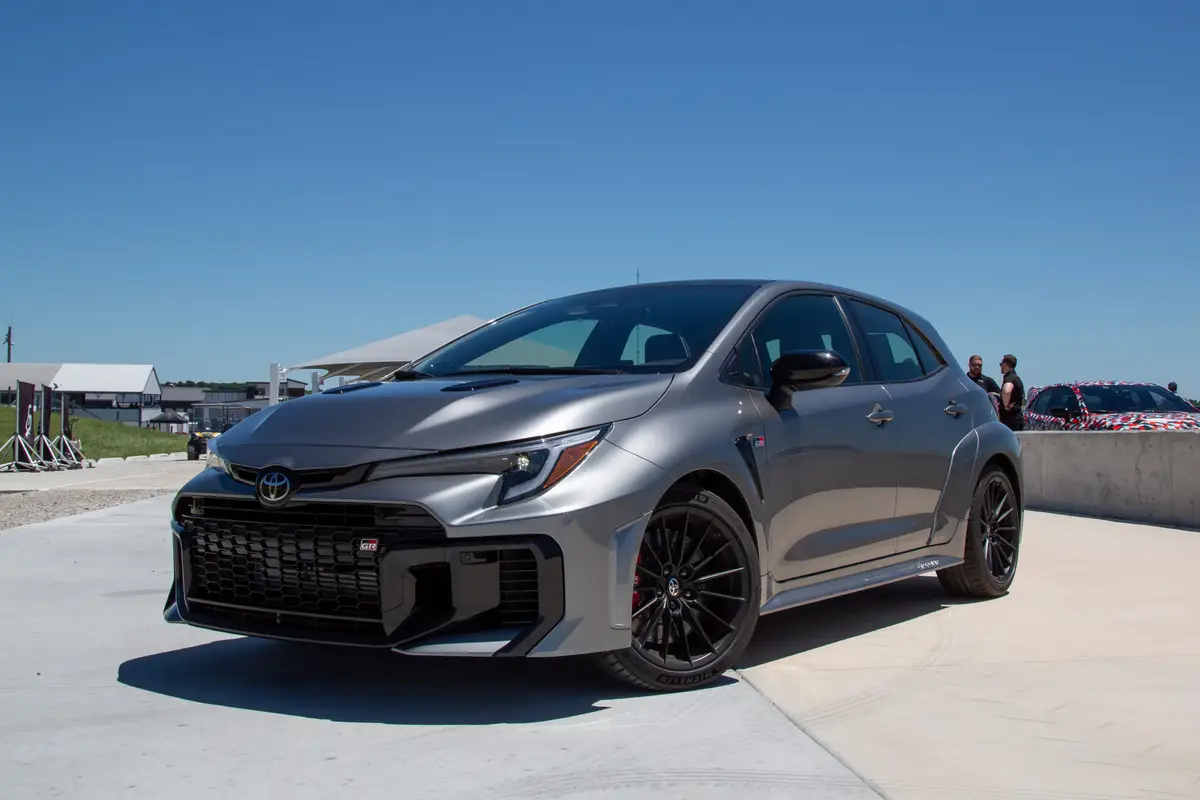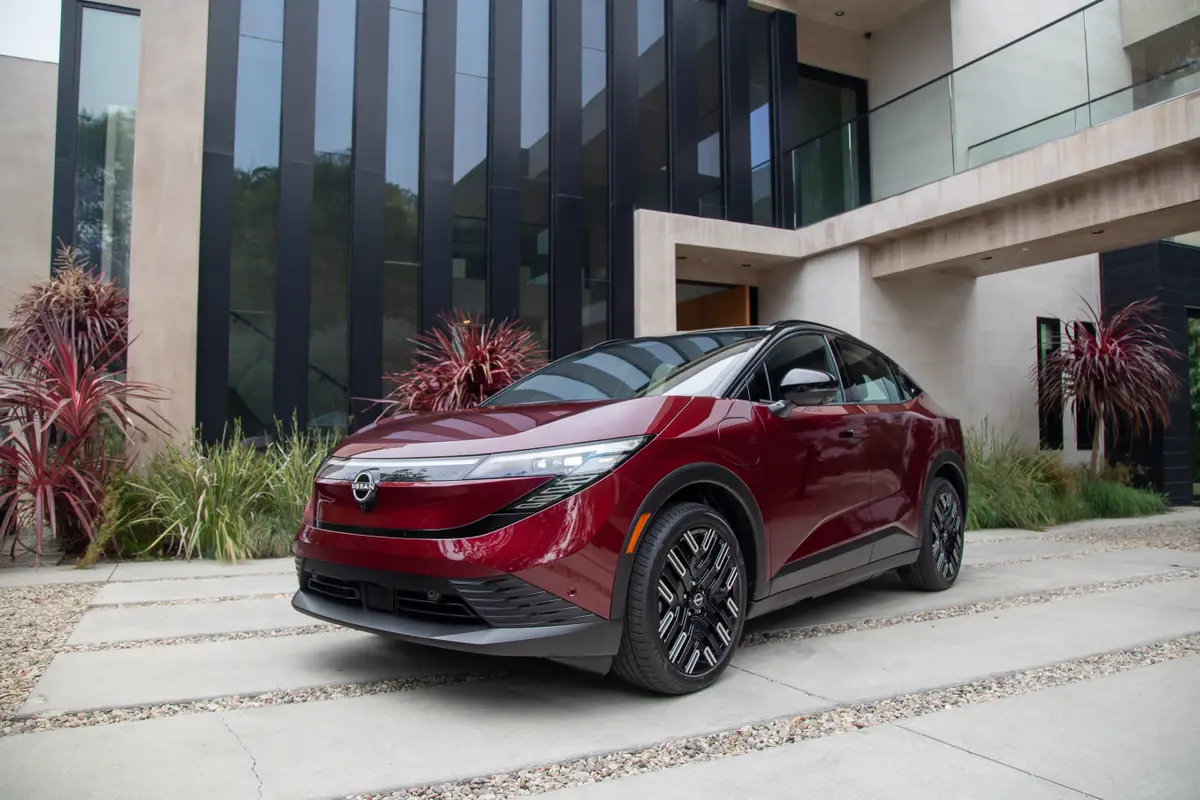2012 Chevrolet Sonic: First Drive

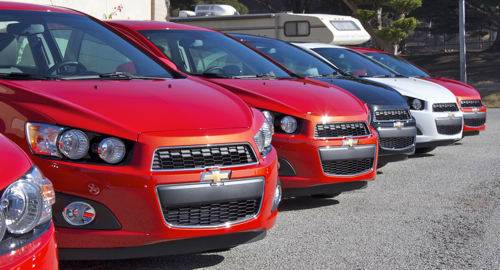
Chevrolet wants the Sonic to be the most fun-to-drive car rated at 40 mpg, so both the sedan and hatchback versions are tuned for a sporty character and responsive handling. The turbocharged engine found in the higher trim levels is rated at 40 mpg highway, but most Sonics are equipped with a traditional four-cylinder rated at a lackluster — at least by today’s subcompact standards — 35 mpg highway.
A Chevrolet representative said they expect 80 percent of buyers to choose the base engine with its 35-mpg figure. Both the base and turbocharged models I drove — an LT with an automatic transmission and an LTZ with a manual transmission, respectively — exuded a lively driving experience.
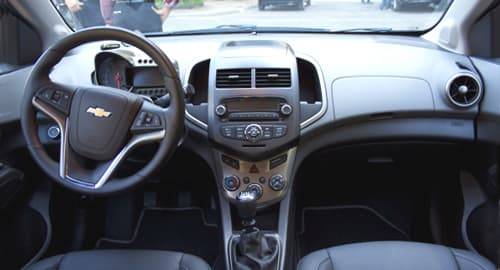
The Sonic exhibits minimal body roll and a predictable, stable feeling when thrown into a corner. The sporty suspension tuning isn’t jarring over bumps and doesn’t thwack or make unwanted noises. It’s similar to the Fiesta’s ride quality, of which we’re a fan, and more refined than the noisy Hyundai Accent suspension that made me cringe after hitting highway expansion joints. The chassis has been significantly stiffened compared to the previous Aveo to get that sense of solidity and composure.
The Sonic is currently on sale and available with a base 1.8-liter four-cylinder and optional turbocharged 1.4-liter ($700) that’s borrowed from the larger Chevrolet Cruze. Each engine makes 138 horsepower, though the turbocharged 1.4-liter churns out 148 pounds-feet of torque while the base 1.8-liter makes 125 pounds-feet.
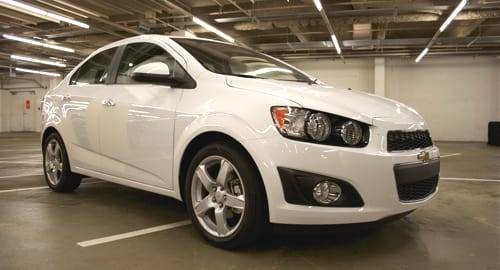
Like the Cruze, the 1.4-liter’s advantage is delivering power lower in the rev range so the engine doesn’t have to rev as high to accelerate the car. The difference was most pronounced through tight corners. During spirited driving, the turbo model eagerly pulled out of a corner compared to the 1.8-liter. In more common straight-line acceleration, like merging onto the highway, the turbo doesn’t accelerate much more briskly than the base engine, though it’s the smoother, quieter choice. For those who don’t live on the picturesque winding canyon roads of our drive route, the 1.8-liter is still a solid, though a little noisy, choice.
One area where the Sonic is unique is its quirky gauge cluster where the digital speedometer and analog tachometer are housed. I liked the idea when I first saw it at the Detroit auto show, and I’m a huge fan after spending time with it on the road. Taking inspiration from a motorcycle’s information pod, the vehicle speed, engine RPM, fuel level, gas mileage and compass are displayed tightly in one area. This made all the information easy to read without taking my eyes off the road for too long. The speedometer is especially easy to read with large numbers that were brightly illuminated in the daylight.
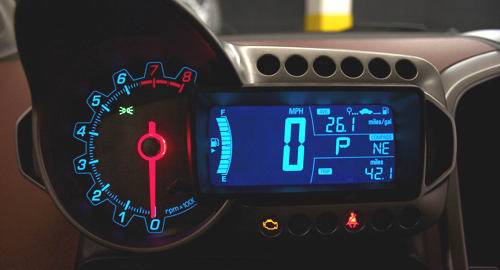
After a day of driving the Sonic, the front seat comfort was exceptional. The driver’s seat was supportive and felt like it was molded to my slender 6-foot frame. Plus, there’s a standard armrest for the driver, a rare feature among subcompacts. The only problem I could foresee with longer drives is the limited legroom I had up front as both a driver and passenger.
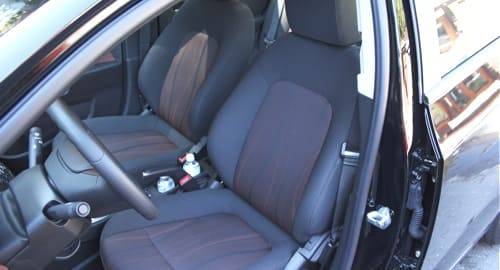
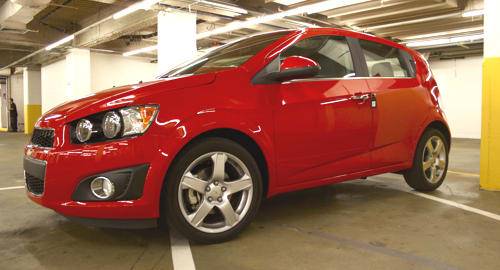

Managing Editor Joe Bruzek’s 22 years of automotive experience doesn’t count the lifelong obsession that started as a kid admiring his dad’s 1964 Chevrolet Corvette — and continues to this day. Joe’s been an automotive journalist with Cars.com for 16 years, writing shopper-focused car reviews, news and research content. As Managing Editor, one of his favorite areas of focus is helping shoppers understand electric cars and how to determine whether going electric is right for them. In his free time, Joe maintains a love-hate relationship with his 1998 Pontiac Firebird Trans Am that he wishes would fix itself. LinkedIn: https://www.linkedin.com/in/joe-bruzek-2699b41b/
Featured stories
